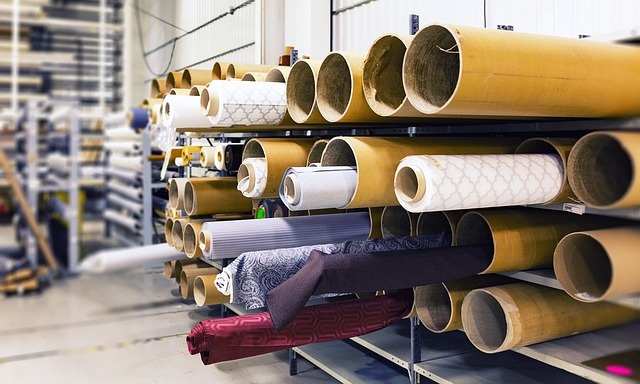INTRODUCTION
The fashion industry is a huge business all around the world because of clothing. The demand for new, fancy, and stylish clothing is never-ending. At the international level, many people are working and making earning through this field.
FASHION INDUSTRY
This term is an amalgam of many things that represent accessories and clothing. It is globally considered a multi-billion-dollar business that connects millions of people in the world. The business includes making and selling fit-outs.
Previously the fashion industry was identified separately from the apparel industry. The fashion industry highlighted the style of wearing accessories and clothing while the apparel industry included casual clothing. Later both were considered one.
The fashion industry includes artistic patterns, styles, fabrication, distribution, vending, marketing, merchandising, displaying, and publicizing all types of apparel (kids, men, and women).
You may also like to read: Makeup Industry and Its Negative Impacts on the Environment
NEGATIVE IMPACTS OF FASHION INDUSTRY ON THE ENVIRONMENT
Like all other industries on the Earth, the fashion industry is also contributing to environmental degradation. The fashion industry is associated with the textile industry and it shows severe consequences on the environment.
TYPES OF POLLUTANTS RELEASED FROM THE FASHION INDUSTRY
The fashion industry is responsible for releasing various types of pollutants. It is one of the major contributors to environmental pollution. The widely-known types of pollutants being released by the fashion industry are air pollutants and water pollutants.
The common pollutants include nitrogen oxides, sulfur dioxide, suspended particulate matter, AZO dyes, chemicals used in textile industries, wastewater, formaldehyde, chromium, etc.
You might also like to read: All You Need To Know About Carbon Footprint And Its Importance
SOURCES OF POLLUTANTS RELEASED FROM THE FASHION INDUSTRY
The sources of pollutants in the fashion industry are diesel generators, thermo packs, boilers, etc. These sources are releasing toxic carcinogenic chemicals into the environment.
As the fashion industry does involve cotton farming, so pesticides spray on crops and fertilizer application are also included in sources of pollutants.
EFFECTS OF FASHION INDUSTRY ON THE ENVIRONMENT
The fashion industry is the second most environmental polluting industry. The negative effects of the fashion industry on the environment are as follows.
1. Global Warming: The greenhouse gases are released during the manufacturing process of fabrics. The contribution of the fashion industry to carbon emissions is huge.
2. Air Pollution: The toxic gases produced by the fashion industry such as sulfur dioxide, volatile organic compounds, nitrogen oxides, etc are causing air pollution.
3. Water Pollution: The wastewater produced during the dying process of fabric is released into water bodies such as lakes, rivers that cause water pollution.
4. Land Pollution: The fertilizer application and pesticide spray on cotton crops cause land pollution.
5. Non-Biodegradable Waste Generation: The fashion industry produces huge tons of non-biodegradable waste.
6. Marine Pollution: The microfibres generated during washing clothes that end up in the ocean causing marine pollution.
7. Biodiversity Loss: The fashion industry is also linked to biodiversity loss. The fabric pieces in the ocean kill marine life. The use of original fur and animal products in the fashion industry is also posing threats to endangered species. Examples are red panda fur, fox fur, ivory for jewellery making, leathers from endangered animals, snake leather, crocodile leather.
SOLUTIONS TO NEGATIVE IMPACTS OF FASHION INDUSTRY ON THE ENVIRONMENT
The few strategies that can be adopted to lessen the negative impact on the environment are listed below.
1. Recycling: Recycling old fabric could be a possible solution.
2. Buy Less: Avoid buying clothes unnecessarily and excessively.
3. Sustainable Practices: The brands that ensure sustainable practices should be favored.
4. Natural Dyes: Synthetic dyes should be avoided and natural dyes must be used.
5. Wastewater Treatment: Wastewater should be treated before releasing into nearby water bodies.
CONCLUSION
The fashion industry is increasingly polluting and degrading the environment. The natural resources are already decreasing due to overexploitation. The clothes are needed by every human but amplifying the needs and competing with others in new and fancy dressing is negatively impacting the environment.
You might also be interested in: Fast Fashion and Its Impacts On The Environment
I hope you all liked this post! Please comment below if you have any suggestions, comments, or feedback! We at #envpk love hearing from our readers! Thanks!




